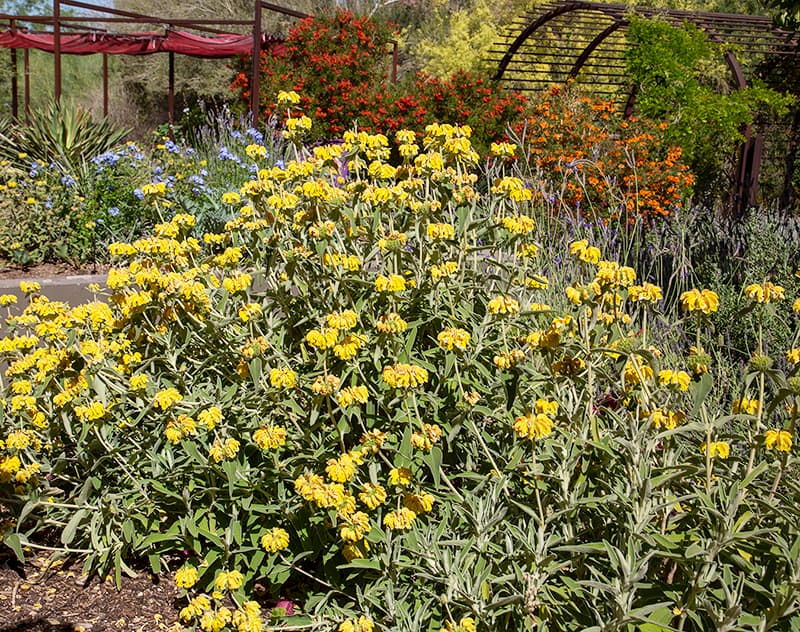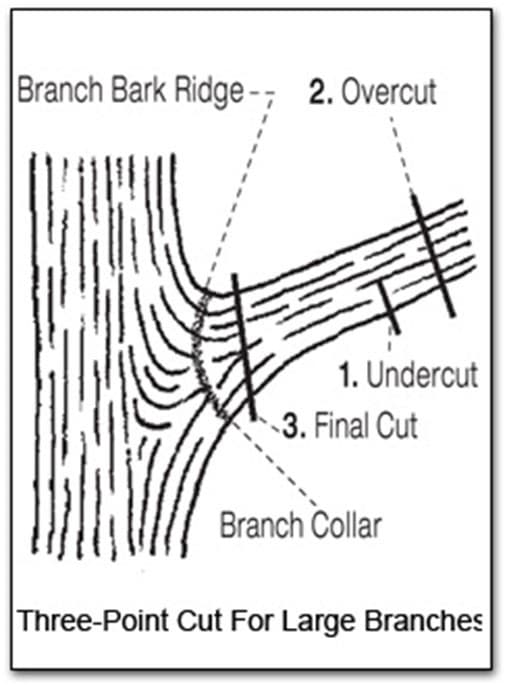Landscaping with Style
Pruning
Maintain
The watchword for pruning desert-adapted trees and shrubs is WAIT. Normally, there is no need to prune for the first year or two. Plus, leaving growth on lower tree trunks for one to two years results in increased trunk size and strength.
Watch your plants during the establishment period and you will find that most desert-adapted plants and trees have a beautiful natural form that requires little or no pruning.
Too much pruning leads to unnaturally shaped plants, inhibits the plant's food making capability, reduces flowering and heightens a plant's water demand due to increased growth from new shoots. It also sends too much waste material to local landfills.

There are some instances where pruning is appropriate:
- To remove dead, diseased or weakened branches
- To keep walkways, driveways and other high traffic areas in your yard passable and safe
- To remove branches that rub against each other
- To control or direct growth
General Tips
- Before pruning, take a good look at the tree or shrub. Think about the reason for pruning and plan to remove only the limbs or branches necessary to accomplish your objective.
- After removing one limb, stand back and take a look before removing anything else. It's better to remove one limb at a time than to remove too many and be sorry later.
- It is important to remember that every time you prune, a wound is created that must heal. Proper pruning will speed the healing process, minimize cracks along the trunk, reduce the potential for disease and insect infestation and reduce unwanted new sprouts.
Three-Point Cut
It is best not to remove larger limbs (more than two inches in diameter) in a single cut. Use three cuts instead.
Follow these general instructions for making proper pruning cuts:
- Start by sawing into the bottom of the limb one to two feet out on the branch to be removed. Saw about halfway through the limb. This will prevent the branch from breaking and ripping bark from the tree.
- Then saw from the top of the limb, an inch or two farther out from the first cut. Saw all the way through the branch. This will leave a stub. This cut removes the weight of the branch so your final cut can be made safely.
- Finish up by removing the stub. The last pruning cut should be made just outside a line that would connect the bark ridge (top of limb) and the branch collar (bottom of limb). If it's hard to see the branch collar, angle the last cut slightly away from the bark ridge. Cutting too close to the remaining limb removes the tissue that would allow the healing tissue to grow over the wound. Cutting too far away leaves a stub that will die and creates an entryway for pests and disease.

